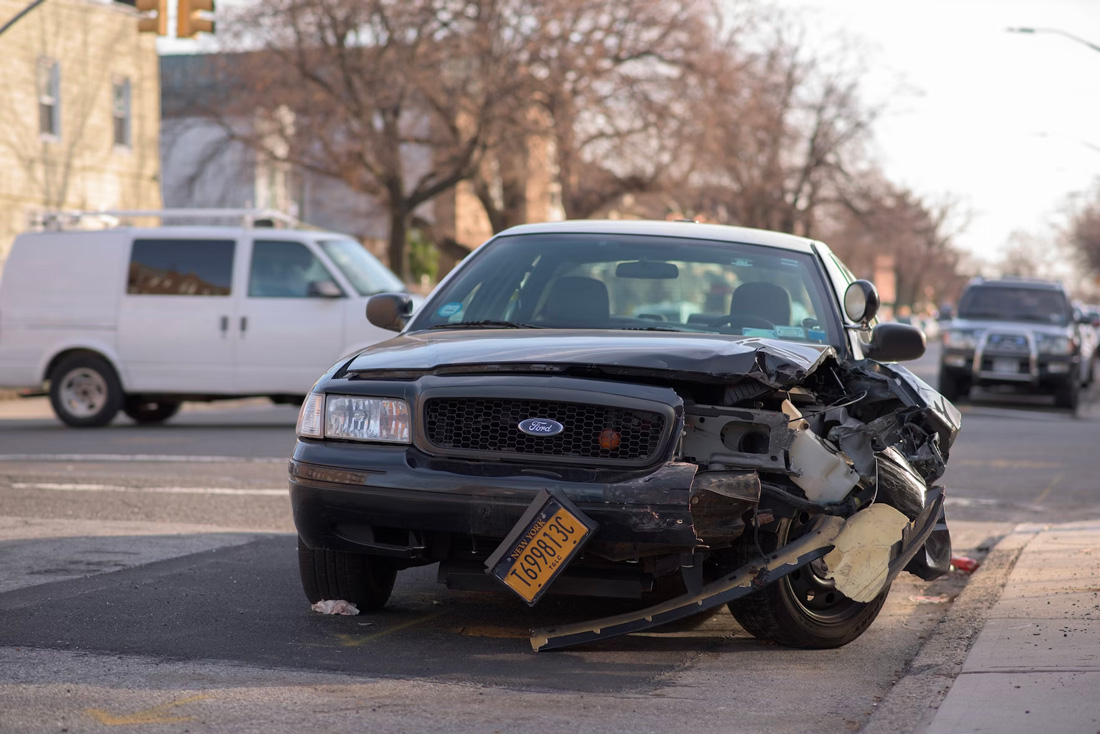Roughly 42,795 people died in motor vehicle traffic crashes in 2022 alone, according to the National Highway Traffic Safety Administration. While accidents can involve any vehicle category, certain vehicles may be more prone to collisions because of factors such as size or maneuverability.
In this article, we explore different types of vehicles that have a higher likelihood of getting involved in accidents, the risk factors contributing to these incidents, and potential measures that can be taken to lower the occurrence of such accidents.
Smaller Cars
Although admired for fuel efficiency and ease of parking, smaller cars are among the most susceptible to traffic accidents. In many instances, factors like limited road visibility and relatively less stability when compared to larger vehicles, are among the leading causes of crashes involving these vehicles.
“Occupants in compact cars may be more likely to suffer severe injuries during accidents as these vehicles provide less protection than heavier counterparts like SUVs or trucks,” says Ryan Johnson, one of the most reputable car accident attorneys in Oregon state.
The good thing is that several things can be done to minimize the risk of accidents while driving a smaller car. For example, drivers should stay vigilant, maintain a safe distance from other vehicles, and use proper signaling when turning or changing lanes. Investing in additional safety features, such as blind-spot monitoring systems, can also help reduce the chances of an accident.
SUVs and Small Trucks
SUVs and small trucks, while often perceived as safer due to their size and sturdiness, are not entirely insusceptible to accidents. In fact, recent statistics show that SUV occupant fatalities in the United States increased by 946 between 2020 and 2021, a 16% increase, while pickup occupant fatalities increased by 424, a 9.8% during the same period.
One primary concern with this category of vehicles is the risk of rollovers during accidents, which can lead to severe injuries or death. Additionally, trucks may require longer stopping distances and have more significant blind spots than smaller vehicles.
The good news is that it is possible to minimize the risk of accidents when driving an SUV and small trucks. Ideally, as a driver, you must remain attentive on the road, adapt driving habits accordingly considering vehicle size limitations, avoid sharp turns at high speeds that could cause rollovers, and maintain a safe following distance from other vehicles on the road.
Large Vehicles
Large vehicles, such as commercial trucks, buses, and motor homes, are another category of vehicles often involved in accidents. In 2021 alone, more than 5,700 fatal crashes involving large trucks were recorded, according to the National Safety Council, which is an 18% increase from 2020 and a 49% increase in the last ten years.
Top on the list of what causes accidents involving these vehicles is that they require longer stopping distances and have more significant blind spots than smaller vehicles. Driver fatigue and long hours on the road can also increase the likelihood of mistakes and collisions.
Additionally, these larger vehicles often struggle with maneuverability compared to regular cars, making it harder for drivers to navigate turns or tight spaces. Moreover, their large size and weight can cause more severe damage in collisions with smaller vehicles or even infrastructure like bridges.
That’s why truckers and trucking companies must prioritize safety measures, including regular breaks and maintenance checks to minimize the risk of accidents on the road.
Motorcycles
While motorcycles make up only 3% of all registered vehicles in the United States, they often account for a significantly high accident rate compared to other vehicle types. In 2021 alone, motorcyclists accounted for 14% of all traffic fatalities and 3% of all occupant injuries.
The inherent lack of protection due to the absence of a car’s chassis is one factor that makes riders more vulnerable during collisions. Additionally, motorcycles can easily be overlooked by other drivers because of their smaller size, leading to possible accidents when vehicles change lanes or make turns without noticing the two-wheeler.
In order to reduce the risks associated with riding a motorcycle, it is essential for riders to follow traffic regulations, wear appropriate safety gear such as helmets and high-visibility clothing, and exercise extreme caution while on busy roads.






